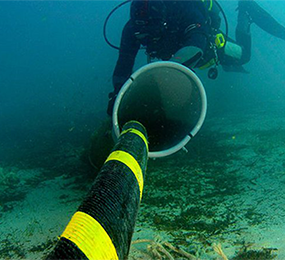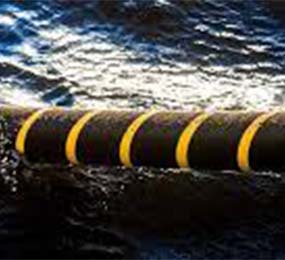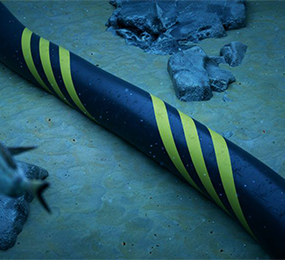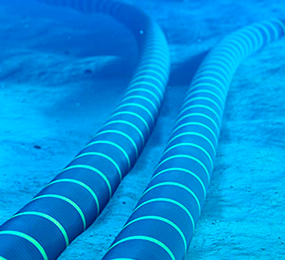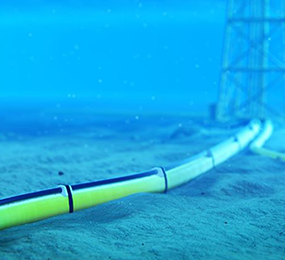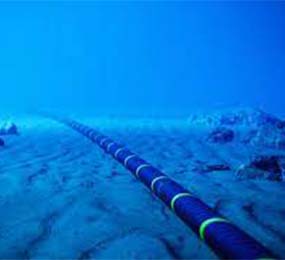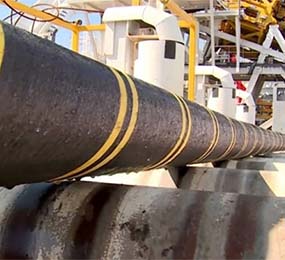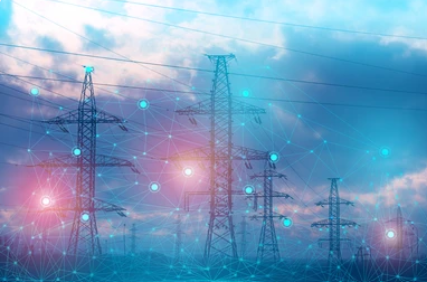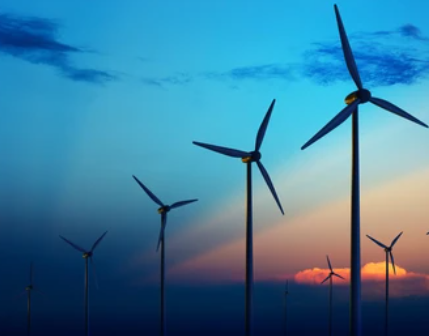AC vs. DC: Powering the Deep
When it comes to long-distance electricity transmission underwater, two titans clash: Alternating Current (AC) and High-Voltage Direct Current (HVDC) submarine power cables. Both have their strengths, but for traversing vast stretches of ocean, DC reigns supreme.
AC cables, the workhorses of yesteryear, face a significant challenge – energy loss. Over long distances, the constant change in direction of AC current creates a phenomenon called "reactive power loss," reducing the amount of usable energy at the receiving end. Additionally, AC cables require thicker insulation to handle the changing electric field, increasing cost and size.
HVDC cables, on the other hand, are the future of long-distance subsea transmission. They transmit electricity as a constant flow, eliminating reactive power loss and making them significantly more efficient. This allows for higher power transmission capacities and minimizes energy waste.
However, AC does have its place. It's a mature technology with established grid connections, making it cost-effective for shorter distances. Additionally, AC infrastructure is already in place on land, simplifying integration with existing grids.
The choice between AC and DC ultimately depends on the distance and power requirements. For long-distance subsea transmission of renewable energy from offshore wind farms or interconnecting continents, HVDC's efficiency reigns supreme. But for shorter distances with existing AC infrastructure, AC cables remain a viable option.
Visit our website to know more: https://www.leadventgrp.com/events/4th-annual-submarine-power-cable-and-interconnection-forum/details
For more information and group participation, contact us: [email protected]
Leadvent Group - Industry Leading Events for Business Leaders!
www.leadventgrp.com| [email protected]


